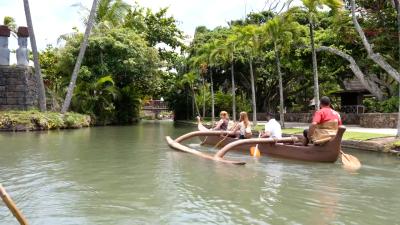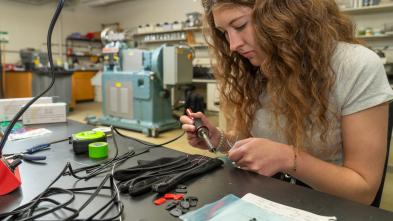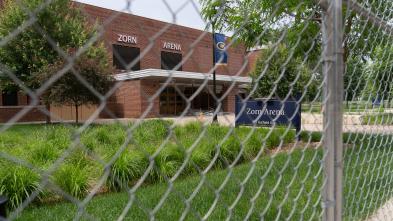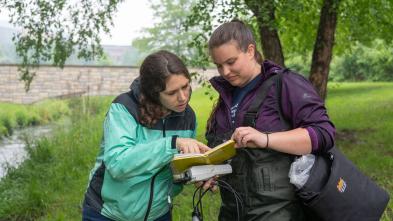Featured Image
For the media
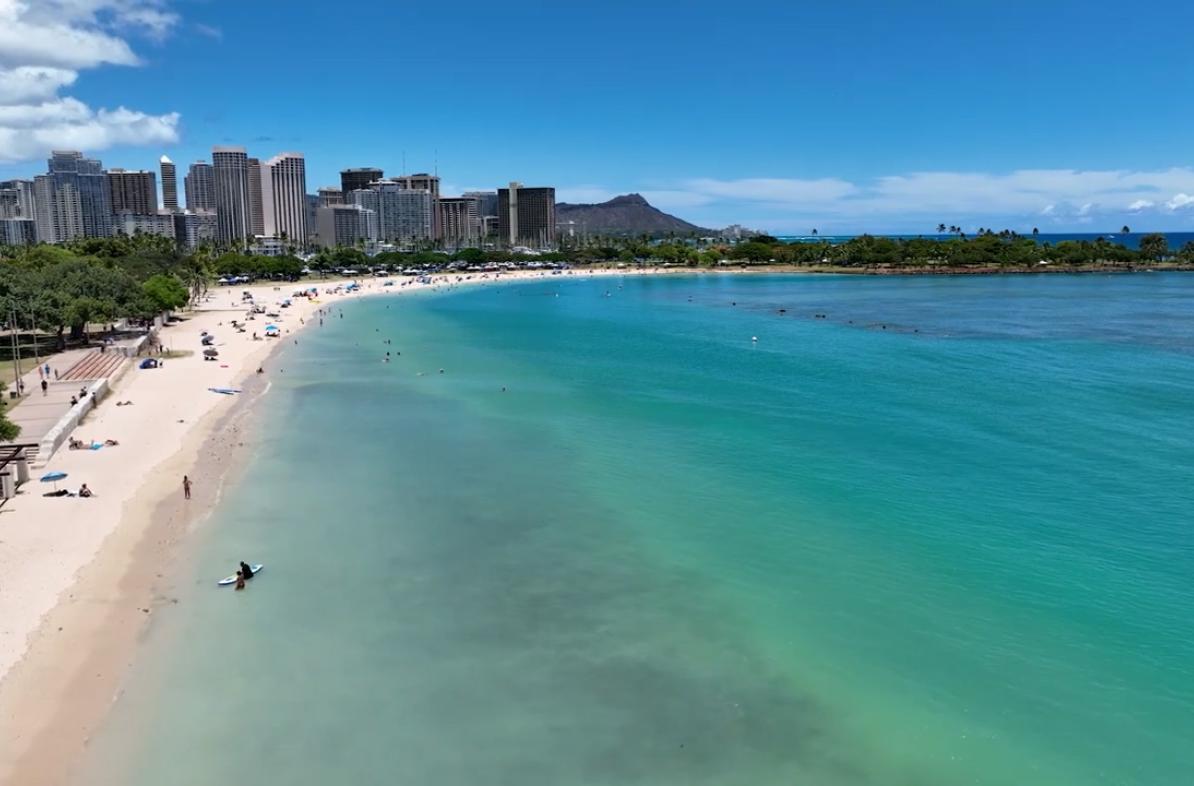
Title
UW-Eau Claire students learn about tourism, Hawaiian culture during immersion
Story Categories
Authored on
UW-Eau Claire students learn about tourism, Hawaiian culture during immersion
Published on:
Intro text
Students in the University of Wisconsin-Eau Claire’s summer immersion program traveled to Hawaii to learn more about Hawaiian culture and how tourism has complicated the lives of native Hawaiians.
Sections
For the media
For the media
Image download
